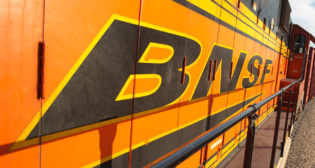
BNSF Intermodal Network Update for Friday, March 1, 2024
FORT WORTH –– BNSF released the following update about wildfire impact on intermodal traffic on its Southern Transcon.

FORT WORTH –– BNSF released the following update about wildfire impact on intermodal traffic on its Southern Transcon.
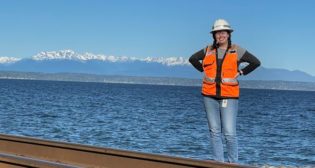
During National Engineers Week, we applaud our fantastic engineers who keep operations running smoothly, thanks to their creativity, expertise and dedication. BNSF team members who specialize in engineering are tackling service challenges, driving technological advancements and helping us meet the needs of our customers. Here are just a few of the many innovative team members helping to realize BNSF’s tremendous potential every day.
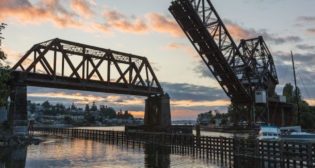
If you’ve been through Salmon Bay in Seattle, you’ve likely seen the iconic Salmon Bay Rail Bridge, a transportation mainstay in the Pacific Northwest for more than 110 years. And now, thanks to a federal grant and support from BNSF, it will be revitalized to serve for many more years.
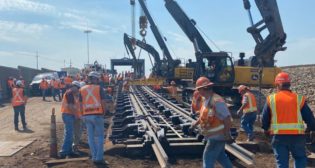
KANSAS CITY, Kan. – Located in Kansas City, the second busiest U.S. rail center behind Chicago, is BNSF’s 780-acre Argentine Yard.
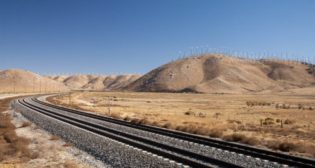
FORT WORTH, Texas – When it comes to safety at BNSF, there are many layers, starting from the ground up. Our Engineering team makes sure that our railroad track and all its components—roadbed, ballast, crossties, spikes, rail and more—are well maintained and dependable.
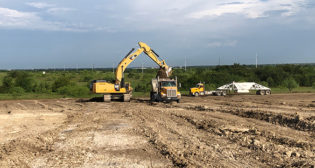
BNSF is taking our environmental responsibility further, beyond our daily operations. Our Engineering Services team has heightened its emphasis on minimizing our carbon footprint on capital expansion projects – from design through construction.
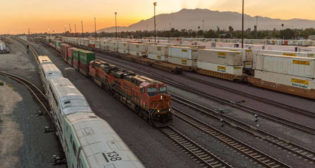
Transportation has long been part of the story of Barstow, California, located in the southern portion of the state in the Mojave Desert.
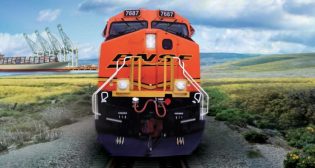
BNSF replaces bridge deck 120 ft. above the ground without a hitch.
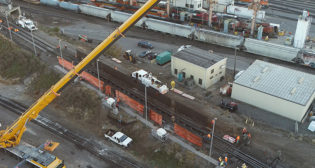
In railroading, a “bowl” – or classification yard tracks – is where freight cars are sorted and assigned to departing trains. This processing is done in what we call a hump yard.
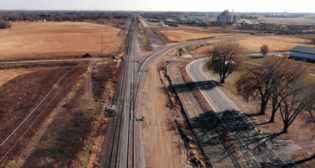
“And now I can retire,” Randy Anderson, a BNSF locomotive engineer based in Sioux City, Iowa, said recently. “For years I have said that as soon as the bypass is complete, I’m hanging up my boots. The new bypass allows train crews to keep on moving through this area. It’s a really good thing and will continue to benefit the railroad and community for years to come.”
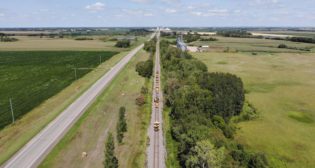
In BNSF’s latest edition of Rail Talk, the focus is on the accomplishments of a production gang in Minnesota that completed important track work just before the beginning of harvest season traffic.
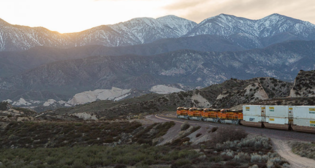
Operating in the plains and deserts of the United States, BNSF and other western railroads often confront extremely high winds, with some so powerful that they can blow a standing train on its side. In this post, BNSF discusses how these winds behave and how the railroad leverages technology to enable train crews to avoid them.
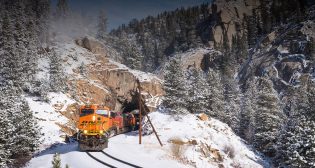
Although it’s already March, and signs of spring are showing in some parts of the country, the railroads serving the western United States and Canada will battle snow for at least the next month. Here is a profile of how BNSF tackles the job.
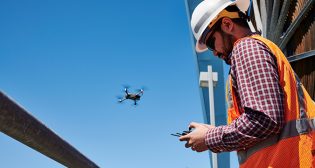
Here’s another in the BNSF series “Rail Talk” that we thought would be of interest to our readers.